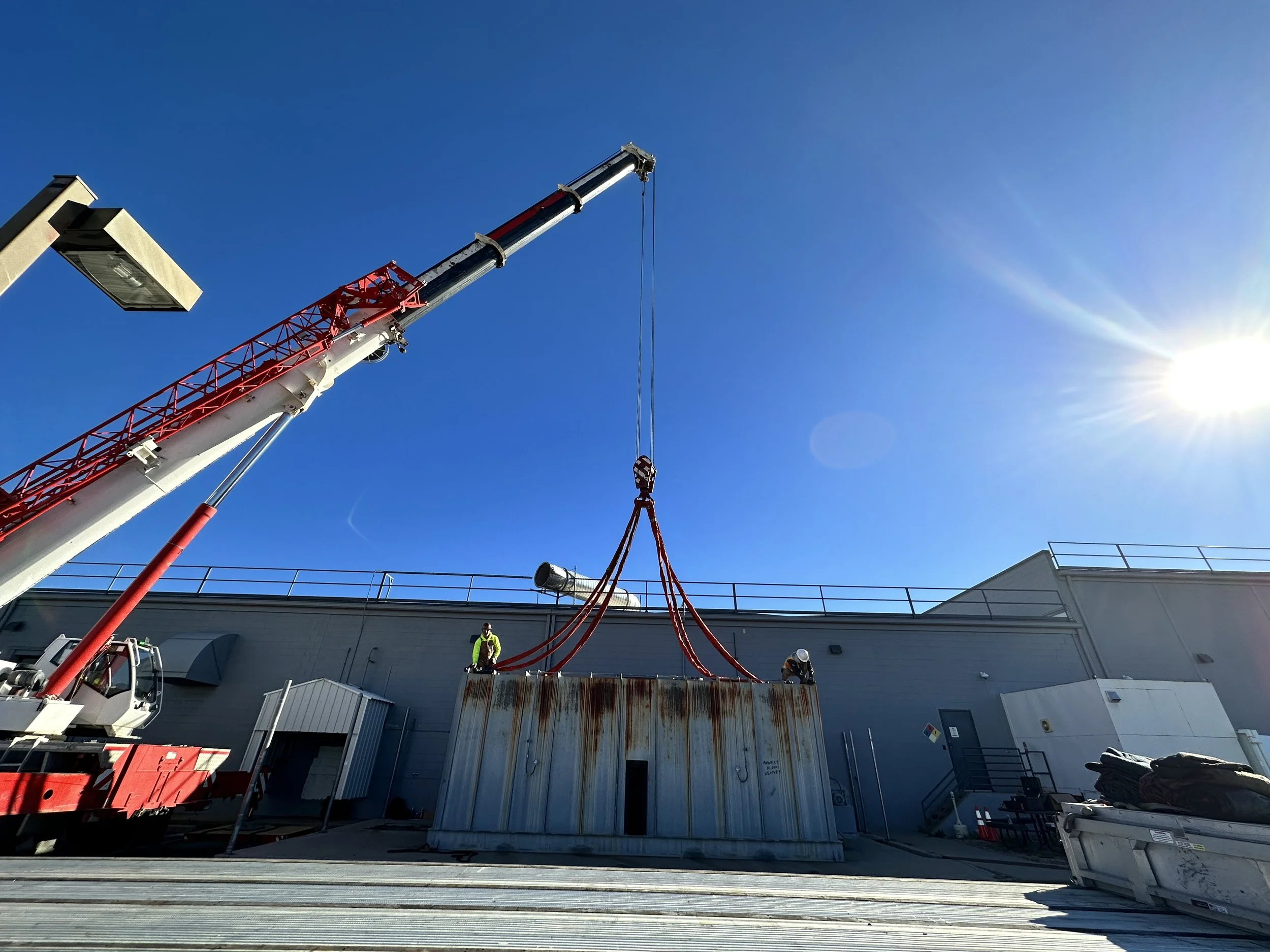Asset Protection in Facilities: Why Skipping Maintenance Costs More in the Long Run
When it comes to protecting real estate assets, one truth stands above all: deferred maintenance is deferred expense. In my years managing facilities across medical, office, and industrial properties, I’ve seen how skipping the basics can quickly spiral into six-figure problems that could have been prevented with simple, routine oversight.
The Hidden Costs of Skipping Maintenance
Every property owner and asset manager knows maintenance budgets can be tight. It’s tempting to push off an inspection or delay routine treatment on building systems. But neglecting small tasks often leads to bigger headaches:
Untreated water systems: Without proper inhibitors, scale and corrosion can eat away at pipes. What starts as a water quality issue turns into burst lines, flooding, and major tenant disruption. I’ve seen million-dollar repairs caused by something as simple as skipping a water treatment schedule.
HVAC systems: A clogged filter or unchecked vibration doesn’t just impact comfort — it shortens the life of costly equipment. A $30 filter can prevent a $30,000 chiller replacement.
Roof and envelope leaks: Minor cracks or flashing failures left uninspected can lead to water infiltration, damaging interiors and requiring full roof replacements instead of patches.
The "Early Detection" Principle
Asset protection in real estate is no different than healthcare. Catching an illness early means lower costs, less disruption, and a faster recovery. The same applies to facilities. Walking mechanical rooms, listening for unusual noises, spotting leaks before they spread — these are the facility equivalent of regular check-ups.
In practice, this means:
Routine site walks: Putting eyes (and ears) on systems weekly.
Predictive maintenance: Using sensors or CMMS tracking to flag performance changes before breakdowns occur.
Vendor accountability: Ensuring contracted service providers don’t just check boxes, but truly examine equipment health.
Protecting Your Investment
Skipping maintenance is a short-term cash flow decision that often erodes long-term asset value. Regular care extends equipment life, keeps tenants satisfied, and safeguards NOI. In fact, proactive maintenance programs have been shown to reduce total cost of ownership by 12–18% compared to reactive approaches.
Bottom Line
Buildings don’t fail overnight — they fail from neglect. Protecting an asset isn’t just about capital improvements; it’s about the daily discipline of maintenance and inspection. The smartest owners and asset managers treat maintenance as insurance for their investment, because that’s exactly what it is.
At Ollie Ltd., we’ve built our practice around this principle — blending structured SOPs, vendor oversight, and CMMS systems so our clients can protect their properties, control costs, and sleep at night knowing their facilities are under watch.

